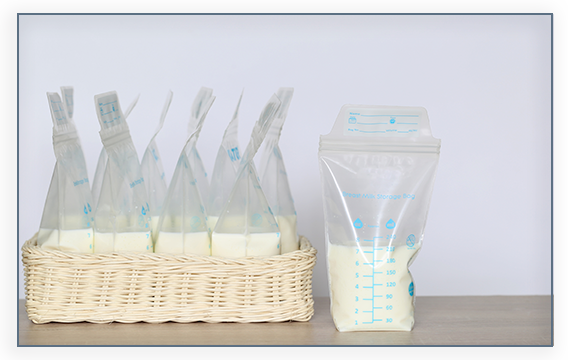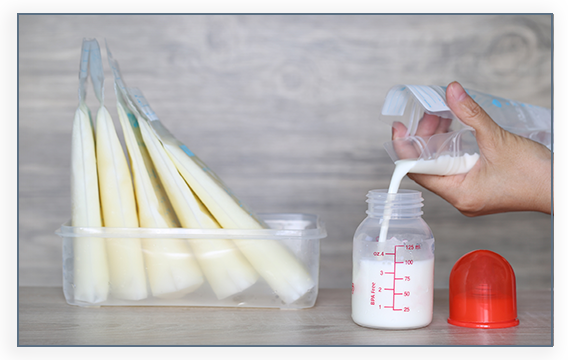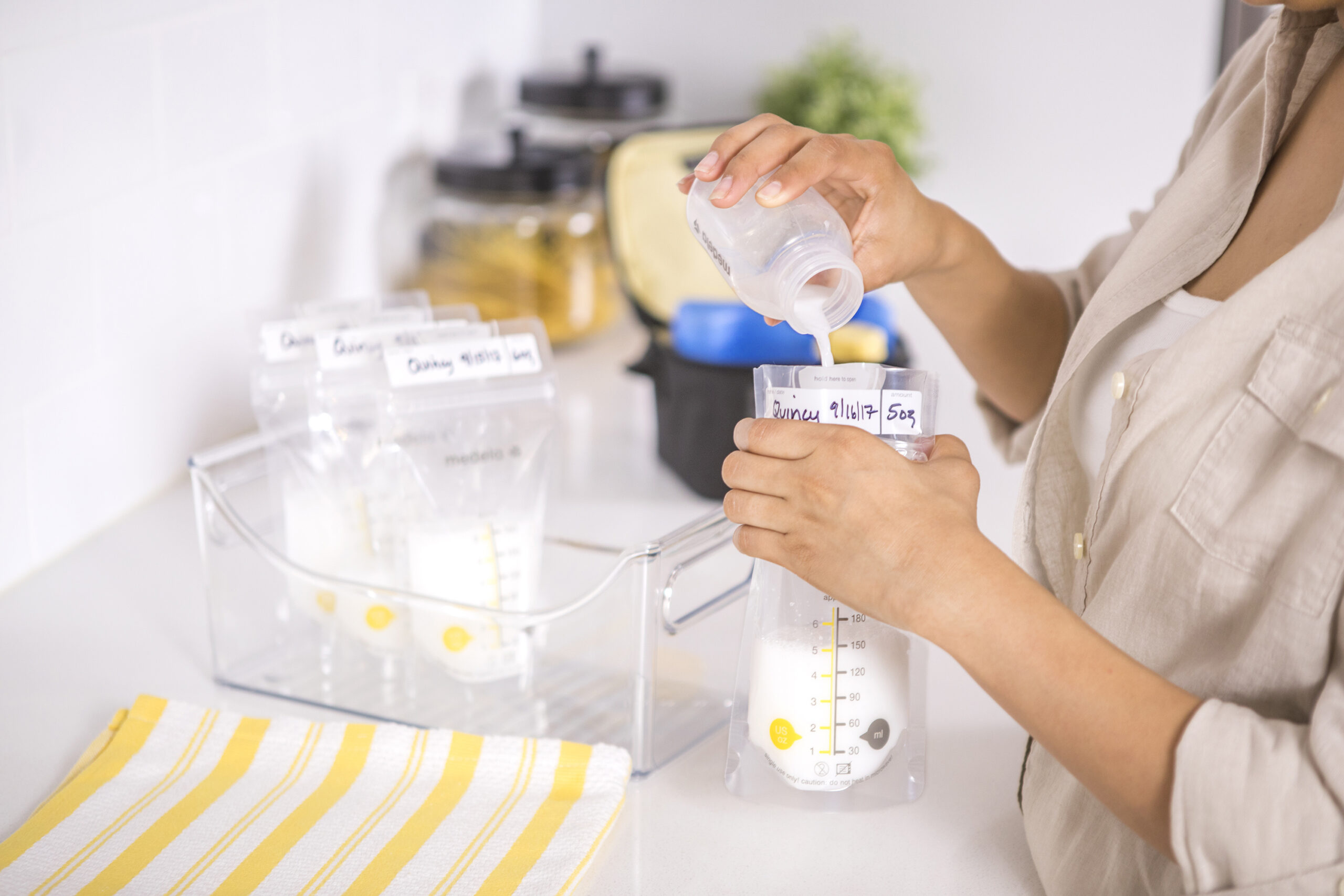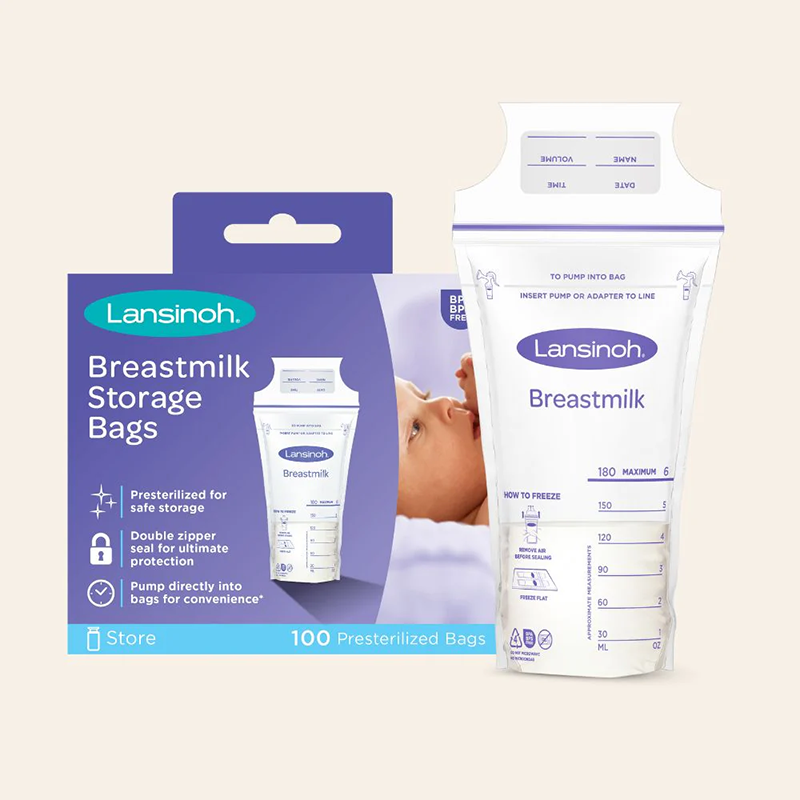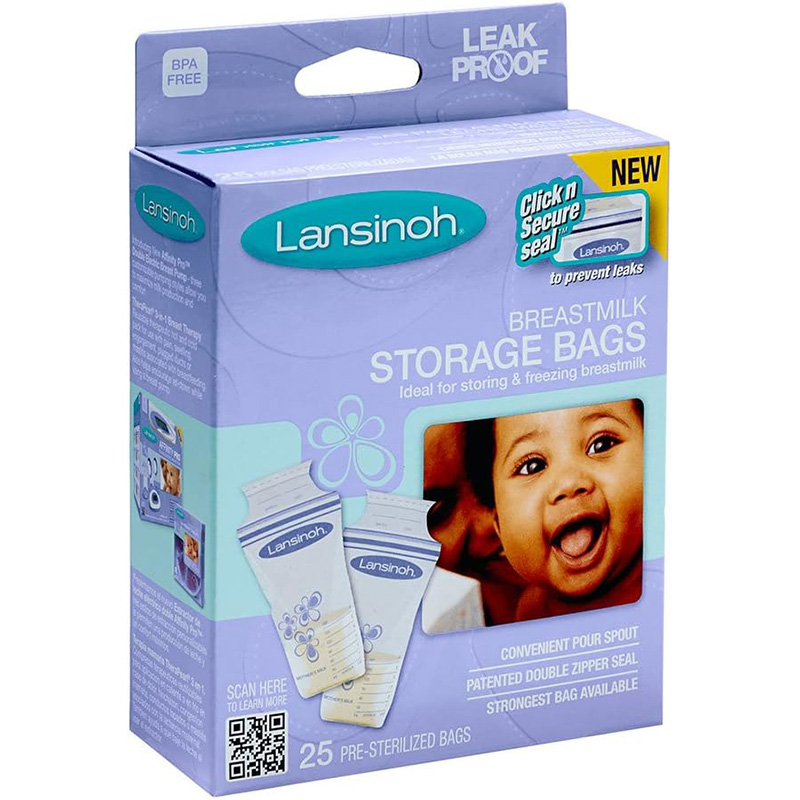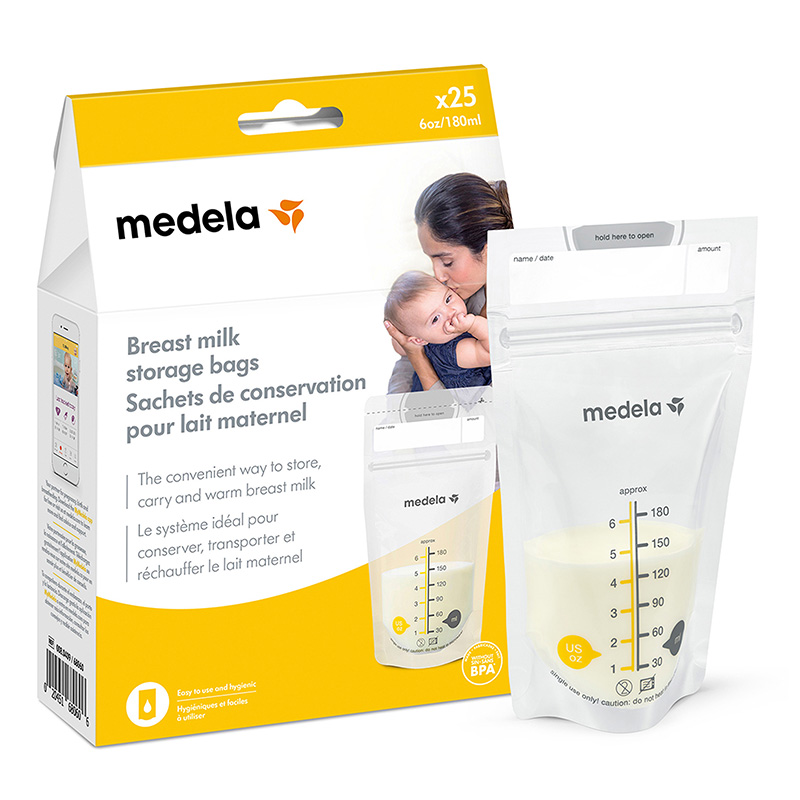Go Hands-Free! Busy Moms Need a Wearable Breast Pump
Tailored for busy moms on the move – which, let’s be honest, is all moms – wearable breast pumps (sometimes known as “hands-free”) can be a game-changer for breastfeeding moms. If you’re an expecting mother seeking convenience while pumping, you’ve landed in the right place. Edwards Health Care Services (EHCS) provides a range of wearable breast pumps covered in part or in full by insurance.
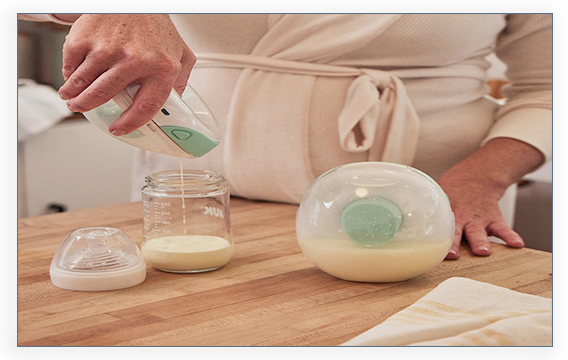
Choosing a breast pump that best fits your needs can be overwhelming so let the breast pump experts at EHCS help. We’ll also walk you through some popular hands-free brands (Willow, Elvie, Medela, and Lansinoh), how to use a hands-free breast pump, and answer common FAQs to ensure you have all the information you need. Let’s dive into this exciting journey of hands-free pumping!
Why Wearable Breast Pumps are Perfect for Busy Moms
Every mother knows how crucial it is to have a reliable breast pump. If you’re looking for convenience and flexibility, a hands-free breast pump is your perfect solution. Let’s explore why it’s the ideal choice for busy moms like you.
With a hands-free breast pump, you can multitask and make the most of your time. Whether you’re working, catching up on household chores, or simply relaxing, a hands-free breast pump lets you continue with your daily activities while expressing milk. The convenience it offers is unrivaled. Unlike traditional breast pumps that require you to be stationary, a hands-free pump allows you to move around freely.
Moreover, a hands-free breast pump helps maintain your milk supply. Regular pumping is essential to stimulate milk production and ensure a steady flow. With a hands-free pump, you can easily incorporate pumping sessions into your daily routine without disrupting your schedule.
At EHCS, we understand the needs of busy moms like you. That’s why we offer a range of hands-free breast pumps that are designed to provide comfort, efficiency, and convenience. Our pumps are equipped with advanced features, such as adjustable suction levels and customizable settings, to ensure a personalized pumping experience tailored to your preferences.
Hands-Free & Wearable Breast Pumps Through Insurance
ORDER NOW!
What’s the difference between a wearable breast pump and a hands-free breast pump?
Wearable and hands-free breast pumps offer distinct advantages and cater to different preferences and lifestyles. Wearable breast pumps, like the Willow Go and Lansinoh Wearable, are typically compact and discreet devices designed to be worn inside a bra, offering mobility and convenience for multitasking moms. These pumps are quiet and allow for discreet pumping even in public settings. On the other hand, hands-free breast pumps such as the Elvie Stride and Medela hands-free pumps are often worn with a pumping bra or other hands-free accessories and offer convenience through their portability. Hands-free pumps may have more features and pumping power suitable for longer or more frequent pumping sessions. You might prefer a hands-free pump if efficiency and output are more important than extreme portability. Ultimately, the choice between wearable and hands-free breast pumps depends on the mom’s needs, lifestyle, and priorities, whether seeking portability and discretion or focusing on efficiency and performance.
Choosing the Right Wearable Breast Pump
When it comes to selecting a wearable or hands-free breast pump, it’s essential to consider various factors to ensure you find the best fit for your needs. Let’s delve into the comparison of top pump brands, the factors to consider when making a decision, and the importance of balancing cost and features.
Comparing different brands can help you identify the one that suits your requirements the most. While all of our breast pumps are high quality, it’s crucial to consider your specific needs and preferences. Our hands-free breast pumps are designed with innovative features to enhance convenience and comfort during pumping sessions.
When making a decision, remember to consider factors such as suction strength, noise level, ease of use, and portability. Our hands-free breast pumps offer adjustable suction levels, ensuring optimal milk expression without discomfort. Additionally, our pumps operate quietly, allowing you to pump discreetly wherever you are. With their compact and lightweight design, they are perfect for busy moms on the go.
While cost is an important consideration, it should not be the only deciding factor. Instead, focus on the features that are most important to you. Our hands-free breast pumps offer exceptional value for their price, with a range of features to make your pumping experience efficient and comfortable.
Choose a hands-free breast pump that aligns with your needs and lifestyle. We understand the importance of finding the right pump to support your breastfeeding journey, and our team is dedicated to providing you with the best options available. Explore our range of hands-free breast pumps today and discover the perfect fit for you.
Available Wearable & Hands-Free Breast Pumps
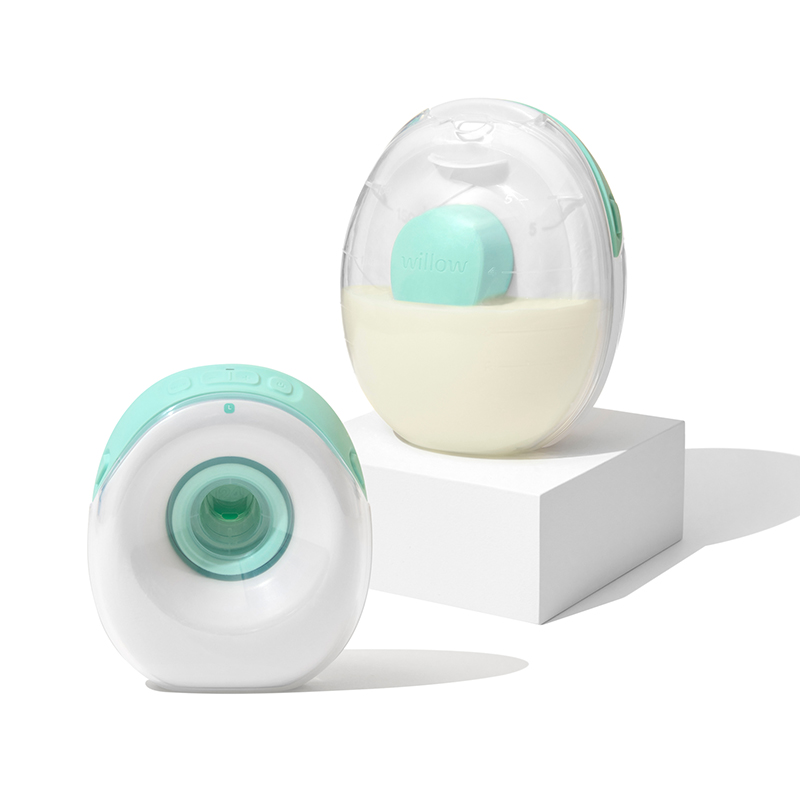
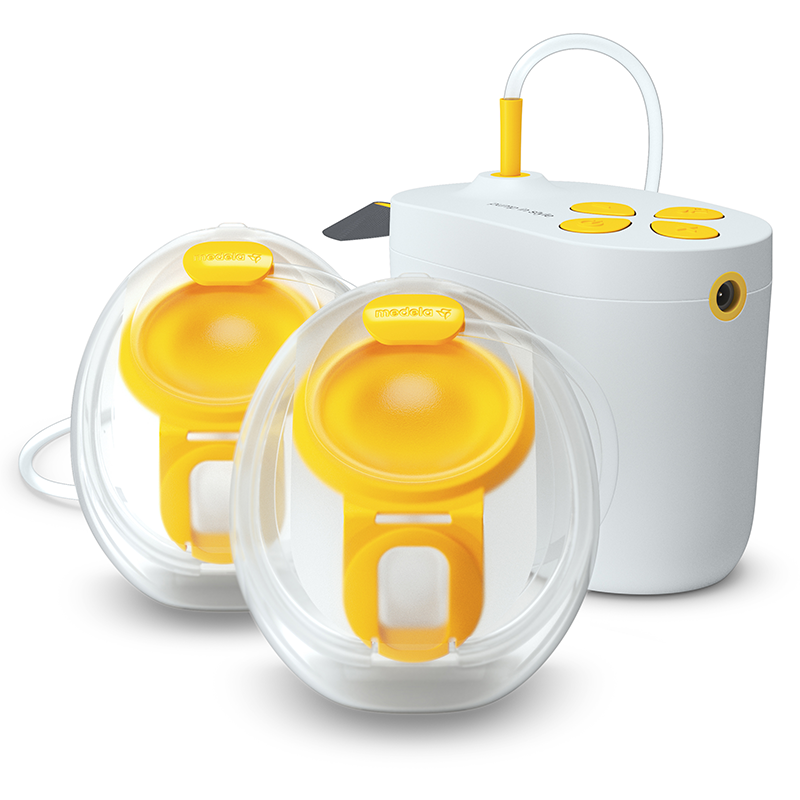
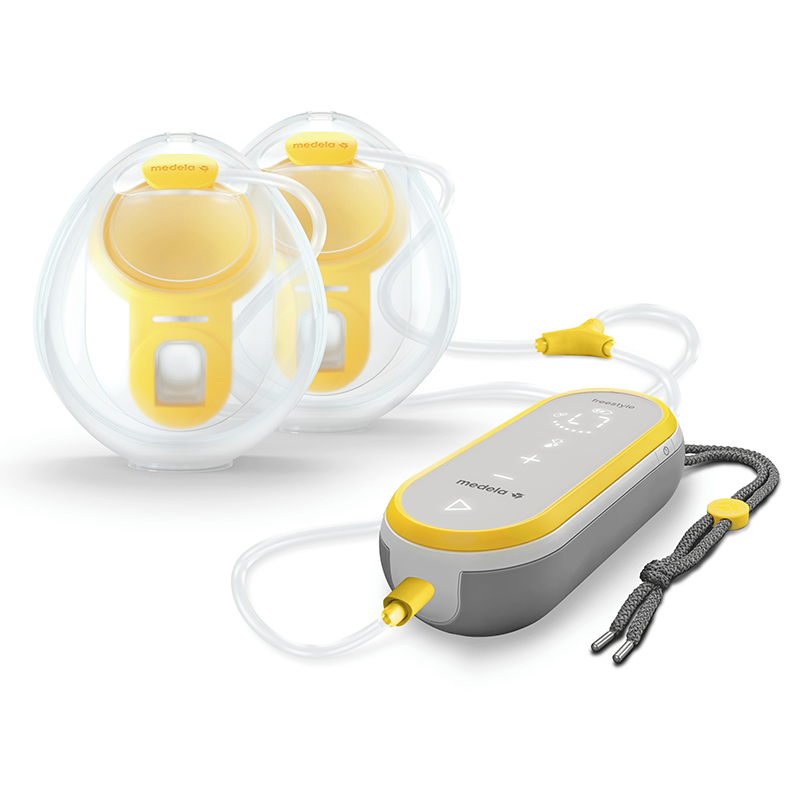

Interested in a wearable breast pump through insurance?
ORDER NOW!Frequently Asked Questions
Absolutely! Today’s wearable and hands-free breast pumps are designed to provide the same level of effectiveness as traditional pumps. They use innovative technology that allows you to express milk without the need for manual pumping. The suction power and efficiency of hands-free pumps are comparable to traditional pumps, ensuring that you can express milk efficiently and comfortably.
Definitely! One of the major advantages of wearable breast pumps is their portability and convenience. You can easily use a hands-free pump while on the go, whether you are running errands, traveling, or working. With no cords or tubes to worry about, you can discreetly and comfortably pump milk wherever you are, making it a convenient option for busy moms.
Cleaning and maintaining your hands-free pump is essential for proper hygiene and optimal performance. You can easily clean the detachable parts of your wearable breast pump with warm soapy water or in the dishwasher. Just follow the manufacturer’s instructions for cleaning and sterilizing the pump. Regular maintenance, such as checking for wear and tear, replacing parts when necessary, and ensuring proper storage, will help prolong the lifespan of your wearable pump.
Yes, hands-free and wearable breast pumps are often covered partially or entirely by many insurance policies. Apply online now or email breastpumps@myehcs.com if you’re interested in which breast pumps your insurance covers. Please note that wearable breast pumps are often considered a deluxe pump and may require an upgrade fee. Not all insurance policies permit upgrades.
Tags: Baby, Breastfeeding, Elvie, Feeding, Hands-free, Lansinoh, Medela, Pumping, Wearable, Willow


